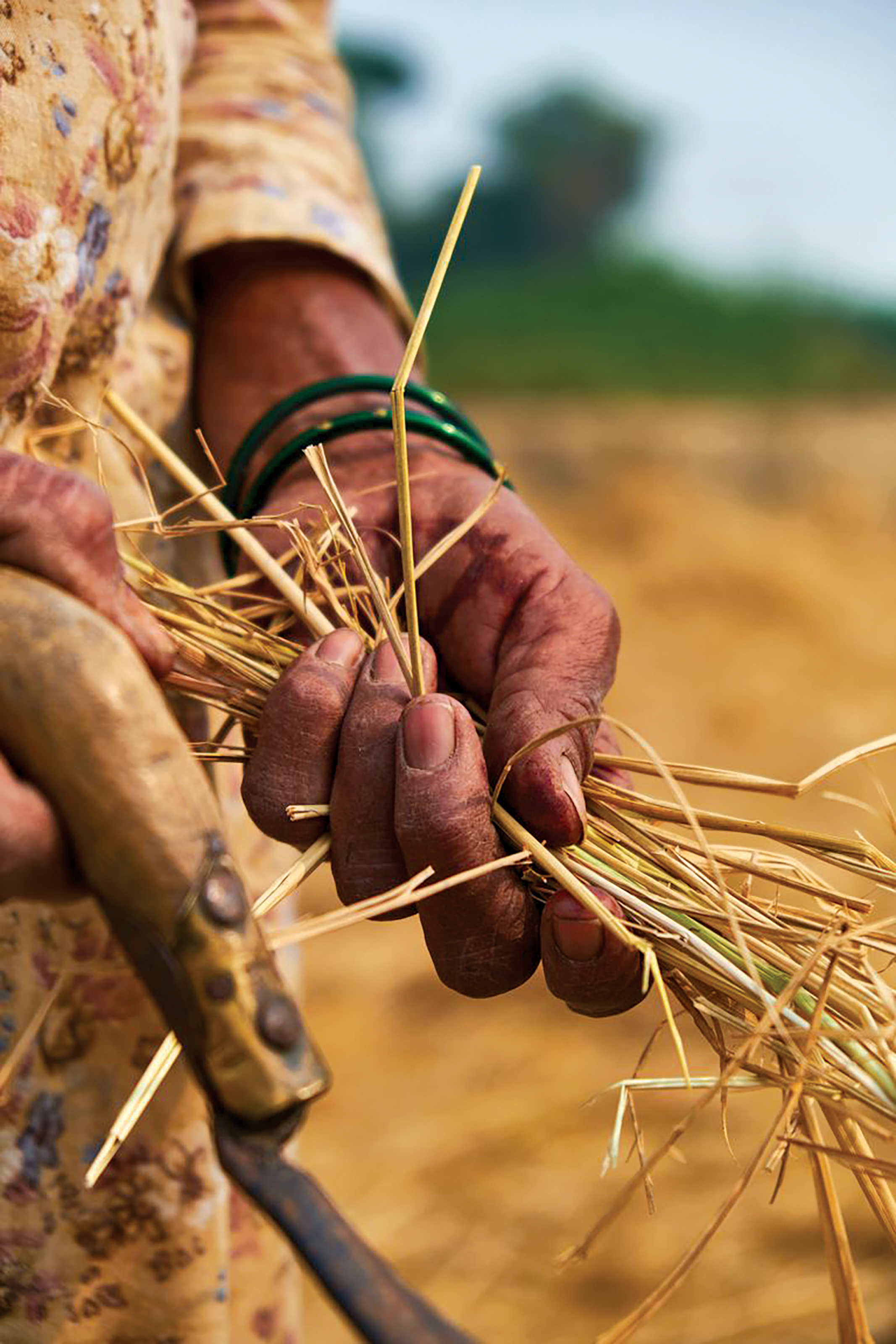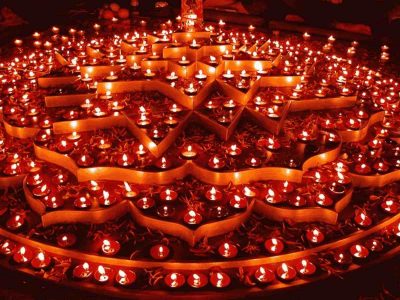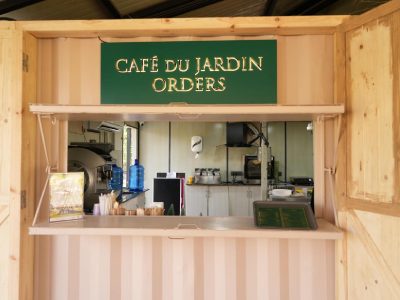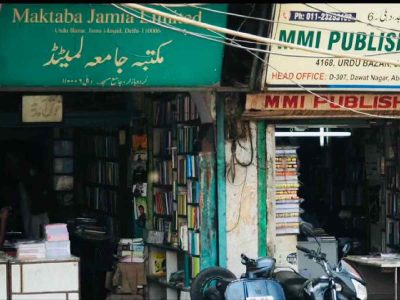Ikea’s newest work is to try and help Northern states combat air pollution rising from burning crop residue. Will it have any takers?
“90% of the people worldwide breathe polluted air” is how a video from Ikea addresses its new collection launch. Showcasing the process behind its making, the audio-visual opens with an aerial view of an industrial space filled with smoke and an Indian farmer burning crop waste in farmland. This is followed by local craftsmen and a team of European and Indian designers – folding, twisting, weaving and dying various lengths and forms of rice straw into everyday products.
Förändring, that launched at Ikea’s Democratic Design Days 2019, turns the very material into a resource, that, for the longest was considered waste.
India may be one of the fastest-growing economies in the world, but reports have also lauded the country as one of the most polluted ones of 2018. While seven out of the ten most polluted cities are in India, Gurugram leads the pack, while New Delhi is on the eleventh mark, positioning itself as the first capital in the list.
The sorry state of air pollution in the Northern part of India is what Ikea’s latest project deals with. It was announced in November last year when the air pollution level was at its peak – due to the yearly practice of crop residue burning in states likes Punjab and Haryana.
Ikea that is known to experiment with materials and utilise sustainability and circularity in its business, is one of the few commercial enterprises that have used rice straw in its product range. Akanksha Deo, one of the lead designers of the collection, takes us through the process of developing a product range like this; one where the material stood as the starting point of the design process.
As the only Indian recruit from India, Deo has worked on multiple collections for Ikea that looks into the traditional crafts of the country and its neighbours. However, this is the one that has made her proud, in her three years with the multinational giant. “While the sourcing was done by an entirely different team, I was provided with rice straw and that is what I started working on”, affirms Akanksha.

The collection that comprises of home-ware products like lampshades, vessels and mats uses rice straw in various quantities depending on the nature and form of the final outcome.
Lampshades and vessels have utilised the technique of paper mache with straw pulp and waste fabric pulp used in the ratio of 3:2 to give it the sturdiness it requires. Lengths of twisted straws are woven as textiles mixed with thick yarns in colours ranging from blue to black, that function as primary hues throughout the collection other than straw’s natural colour.
As part of Ikea’s ‘Better Air Now’ initiative, the collection is a first step that aims to create a model that will inspire to reduce air pollution in other crop burning regions of the country and the world. Starting from altering topical convention of rice straw is set to fire and sustaining quality life by ensuring quality air.
Deo spent this week working as a salesperson at Ikea’s Hyderabad store as part of the brand’s ‘front week’ where designers and developers join the team at Ikea stores around the world. This is where they receive first-hand feedback from customers, further helping them design better products in future. The schedule also included other exercises like working on the interior of the store to being part of the communications team.
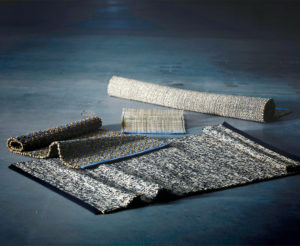
Growing levels of air pollution have led to detrimental health effects, that has motivated citizens to move out of the country. The seven Indian cities that top the most polluted list being Gurugram, Ghaziabad, Faridabad, Noida, Bhiwadi, Patna and Lucknow are part of the Indo-Gangetic plains with poor ventilation index, ending up accumulating dust from neighbouring areas. In that regard, the burning of crop residue in nearby farmlands causes the smog to stick around the environment causing multifarious health issues.
About 39 million tonnes of rice straw that get burnt annually in Haryana, Rajasthan, Uttar Pradesh and Punjab is what Ikea is eyeing through this project. With the ‘Better Air Now’ initiative, these rice straws can instead become a new renewable material source for Ikea products.
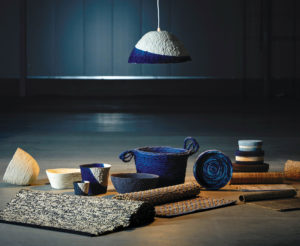
The experience of working at Ikea is a fulfilling one, that gives Deo a chance to learn about her native culture and experiment with materials that help her develop her own understanding of form and function. Nonetheless, if given a chance she would like to create “a physical space that treats textiles as 3D objects, perhaps incorporating techniques like origami”, tells the designer in her late 20s.
Currently, she is working on a collection based on lifestyle led by Indian craftsmen, in collaboration with Thai designers and a Jordanian artist. This interesting exchange has led to multiple colourful languages from around the world that designers at Ikea avail in their collections.
Through Förändring, Ikea sets out to directly exercise its Nordic values for the Indian subcontinent. We will know the response from the consumers, perhaps those who live in Hyderabad, how conscious they are about North’s critical problem of air pollution when the collection is available for purchase this year in November.

